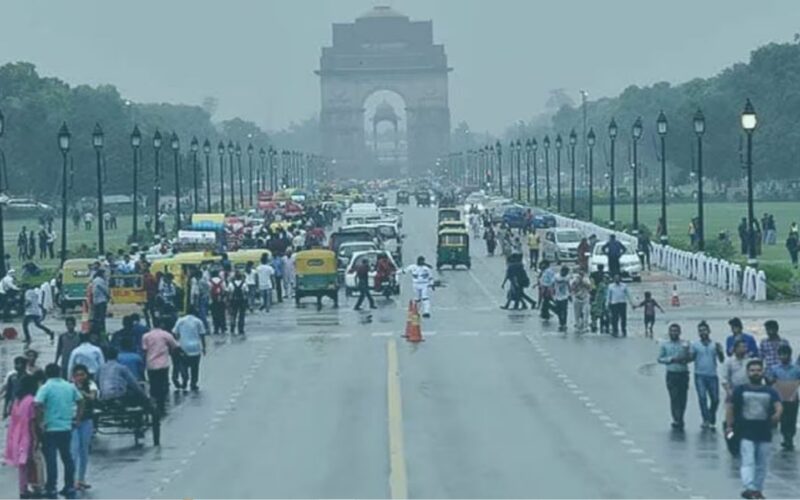Delhi, the bustling capital city of India, is no stranger to the vagaries of weather. While it enjoys the annual respite of monsoons, it also faces the occasional risk of cloudbursts, a meteorological phenomenon characterized by intense, localized rainfall. In this blog post, we will delve into the factors that contribute to the chances of cloudbursts in Delhi, the conditions that favor their occurrence, and the significance of understanding and mitigating these weather events.
Understanding Cloudbursts
Cloudbursts are dramatic weather events that occur when warm, moisture-laden air rises rapidly and collides with cooler air, leading to the rapid formation of large cumulonimbus clouds. These clouds unleash torrential rainfall over a small area within a short span of time, often overwhelming the local drainage systems and resulting in flash floods.
Factors Influencing Chances of Cloudburst in Delhi
- Monsoonal Climate: Delhi’s climate is heavily influenced by the annual southwest monsoon, which brings a significant amount of rainfall to the region. The interaction of monsoonal winds with local weather conditions creates favorable conditions for the formation of thunderstorms, increasing the chances of cloudbursts.
- Urban Heat Island Effect: As an urban center with extensive concrete structures, Delhi experiences the urban heat island effect. The heat absorbed and retained by the city’s surfaces can contribute to localized convection and the formation of thunderclouds, further raising the likelihood of cloudbursts.
- Topography: While Delhi is largely flat, its surroundings, such as the Aravalli hills and the Yamuna floodplains, influence local weather patterns. These geographical features can aid cloud formation and enhance the chances of cloudbursts, particularly in areas adjacent to hilly terrain.
- Seasonal Variability: Cloudbursts in Delhi are more common during the monsoon season, especially in the months of July and August when the southwest monsoon is at its peak. However, they can also occur during other times of the year, albeit with lower frequency.
Conclusion
Understanding the chances of cloudbursts in Delhi is essential for the city’s disaster preparedness and resilience. As weather patterns evolve due to climate change, it becomes even more crucial to monitor and predict these extreme rainfall events. By leveraging advanced meteorological technologies, adopting sustainable urban planning practices, and promoting public awareness, Delhi can enhance its ability to respond to the possibility of cloudbursts effectively.
As we continue to witness the impact of climate change on weather patterns, collaboration between meteorological authorities, environmental experts, and local communities will be key to developing adaptive strategies and safeguarding the city from the potential consequences of cloudbursts. By staying vigilant, informed, and prepared, Delhi can navigate the challenges posed by extreme weather events and strive for a safer, more sustainable future.
